Minimalism is a trendy design movement that emphasizes simplicity, clean lines, and a concentration on fundamental features. It’s a minimalist aesthetic that’s grown in popularity in recent years, notably in the worlds of graphic and digital design. This aesthetic promotes function over form and prioritizes content over design features.
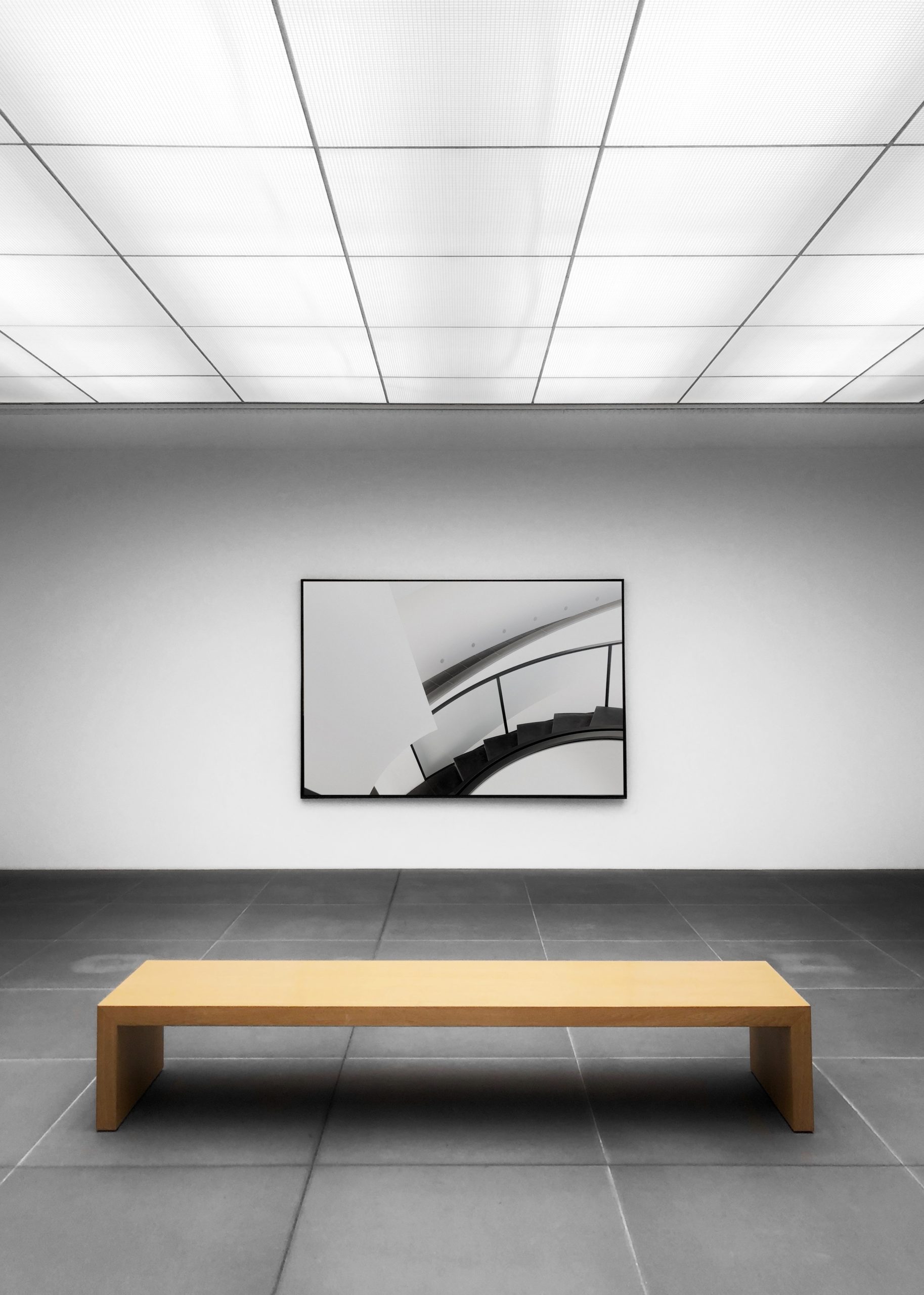
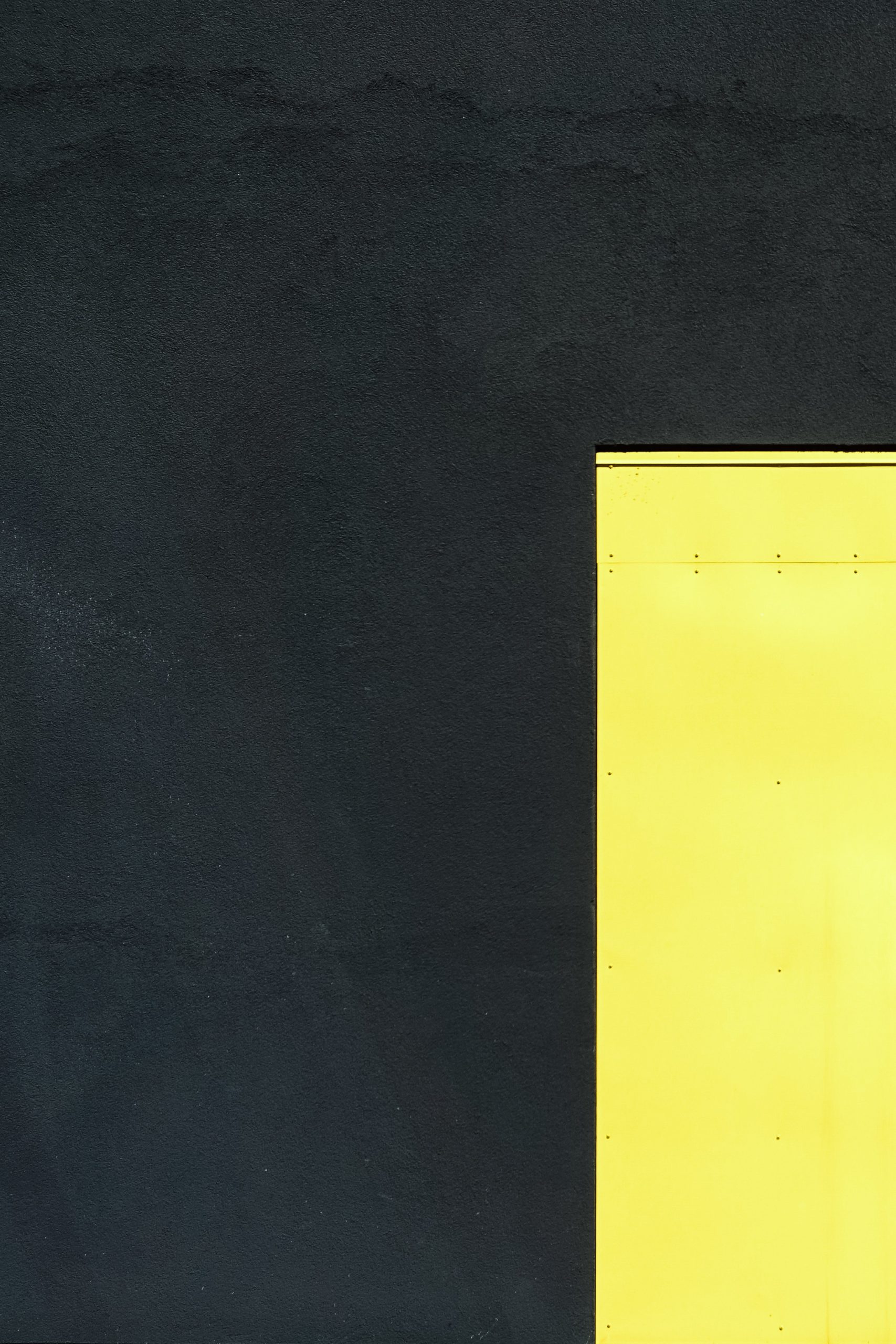
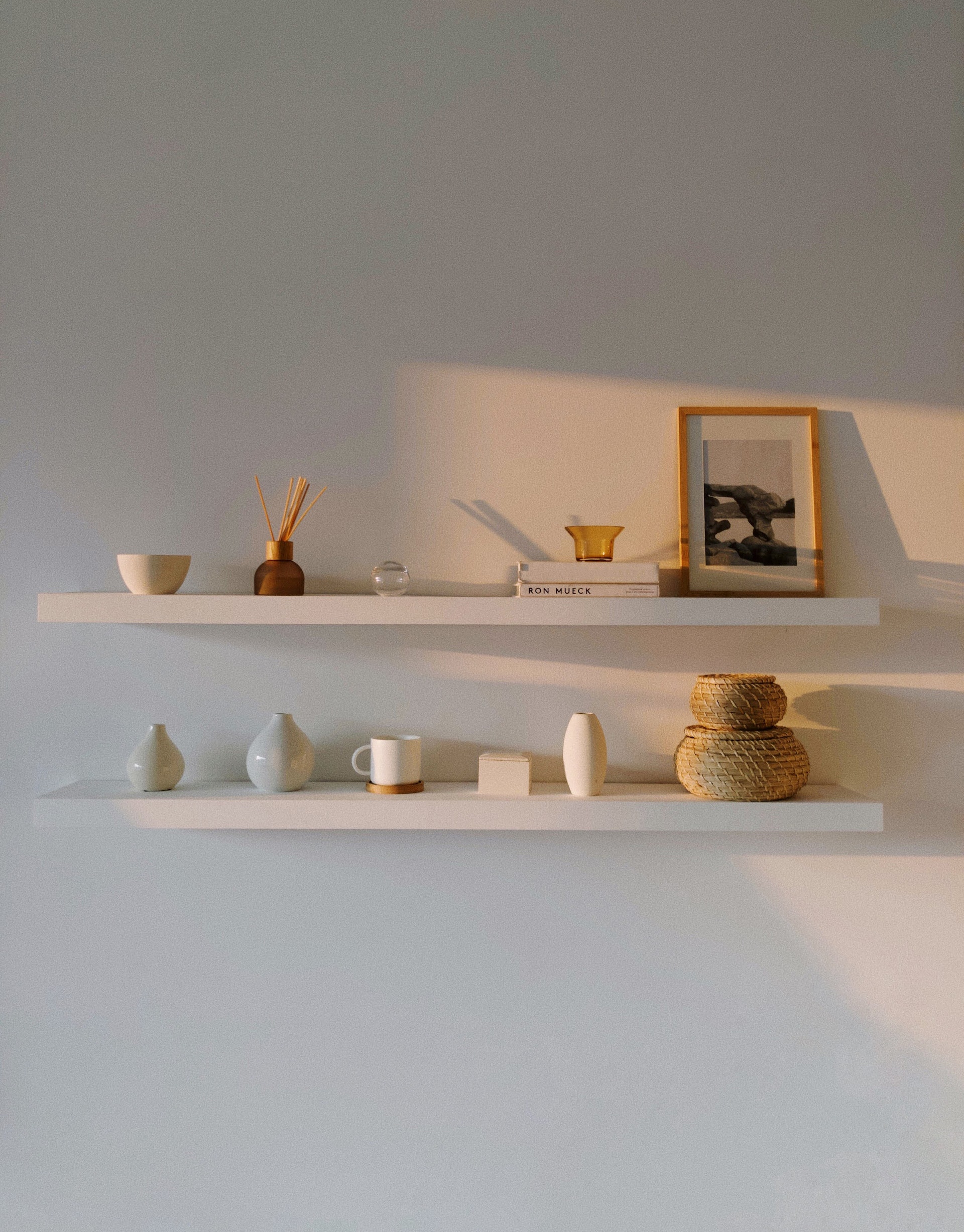
Minimalist design aesthetics originally appeared in the 1950s and 1960s as a reaction to the elaborate and cluttered designs that defined the art and design trends of the time. Artists and designers such as Kazimir Malevich and Donald Judd strove to simplify and modernize their work by removing excess and focusing on the essential parts.
Dan Flavin, Ellsworth Kelly, Agnes Martin, and Frank Stella were among the important designers and artists who helped define the minimalist style. Their work was distinguished by clear lines, neutral hues, and an emphasis on geometric shapes. These artists and designers influenced the minimalist style, and their work continues to inspire artists and designers today.
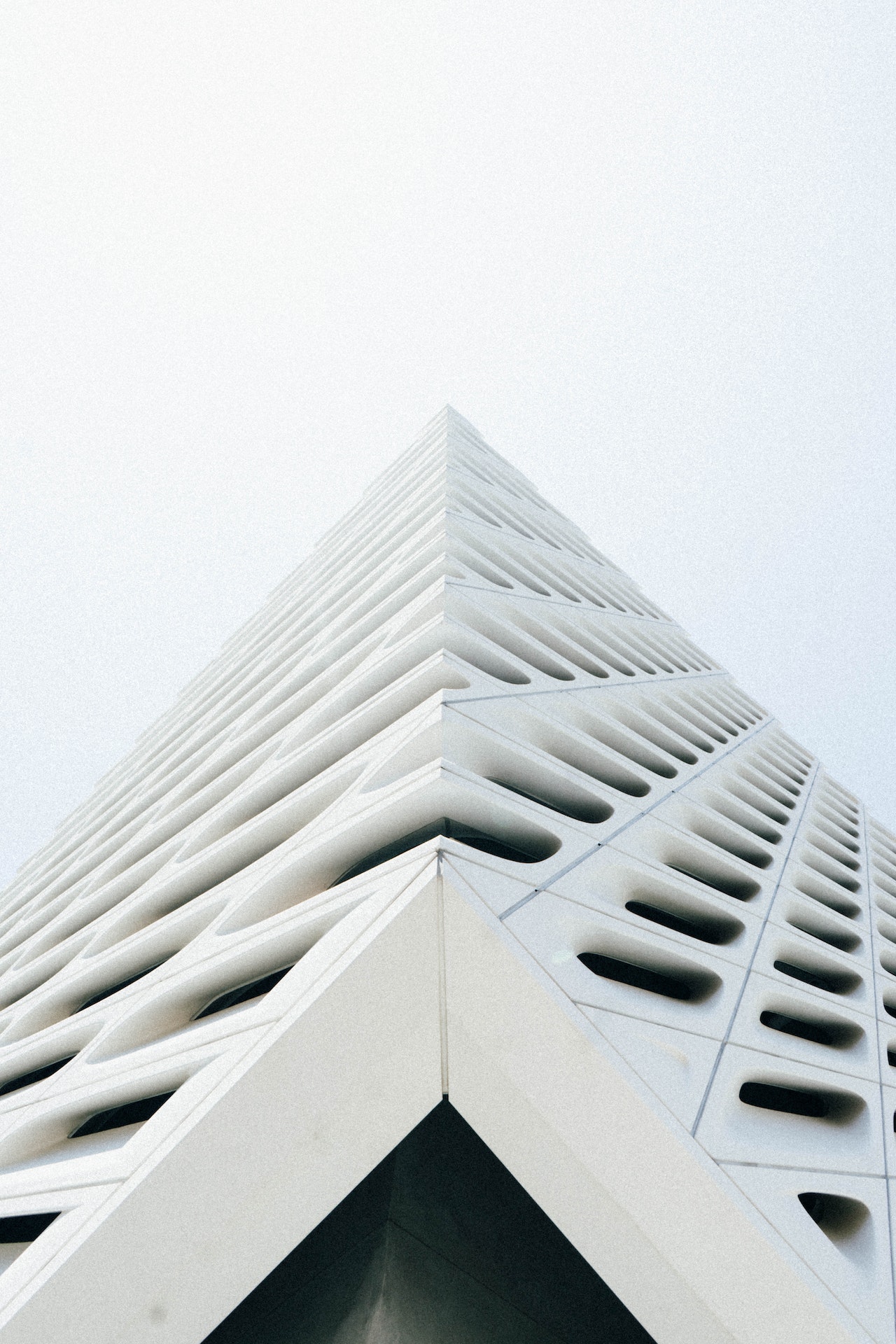
A variety of art and design styles, including Bauhaus, Constructivism, and the International Style, have impacted minimalist aesthetics in design. Minimalist design has had a huge effect on the design world since its birth, affecting everything from graphic design to architecture. Clean lines, a basic colour palette, and a concentration on fundamental aspects define the minimalist design and can be observed in the work of many modern designers and artists.
Minimalist design aesthetics originally appeared in the 1950s and 1960s as a reaction to the elaborate and cluttered designs that defined the art and design trends of the time. Artists and designers such as Kazimir Malevich and Donald Judd strove to simplify and modernize their work by removing excess and focusing on the essential parts.
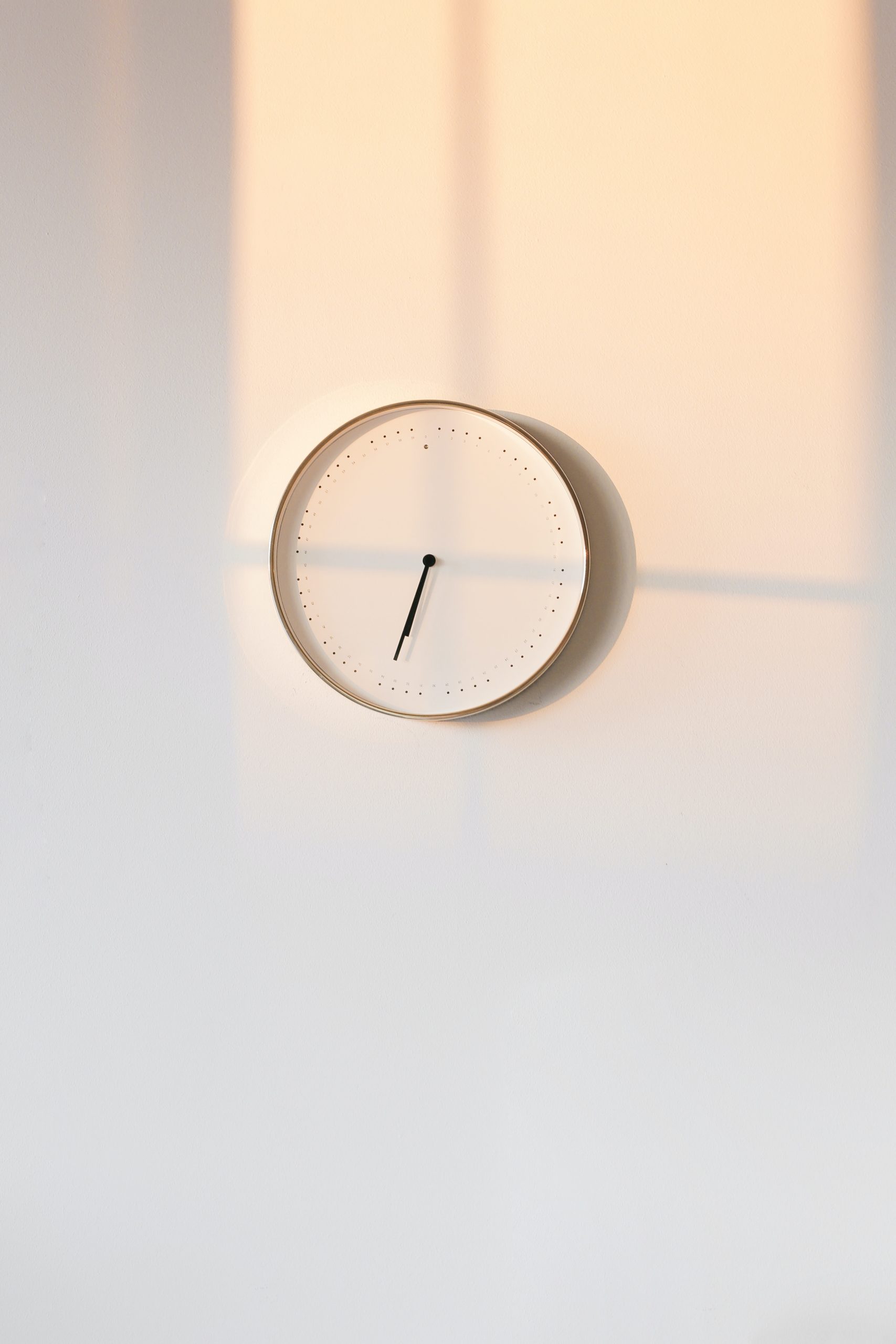
Minimalist aesthetics in design is a powerful and influential trend that has been shaping the design world for decades. From its origins in the 1950s and 1960s to its impact on the digital age, minimalist design continues to be a popular and enduring aesthetic that emphasizes simplicity, clean lines, and a focus on essential elements. Whether you’re a designer, artist, or business owner, understanding the history and impact of minimalist aesthetics can help you create more effective and impactful designs.
- Youtube Video by Ranald L. Banks: https://www.youtube.com/watch?v=Of5aoks4DJY
- Photo by Maksim Goncharenok: https://www.pexels.com/photo/cold-sunset-people-art-4352244/
- Photo by Robin Schreiner: https://www.pexels.com/photo/wooden-bench-2261165/
- Photo by Ann poan: https://www.pexels.com/photo/round-white-analog-wall-clock-at-10-10-5799379/
- Photo by Martin Péchy: https://www.pexels.com/photo/low-angle-photo-of-white-building-2763969/
- Photo by Vlado Paunovic: https://www.pexels.com/photo/top-view-of-a-yellow-flat-metal-on-a-dark-gray-surface-3112019/


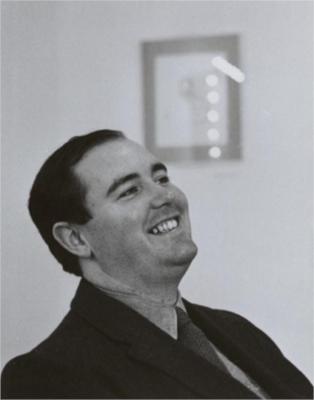
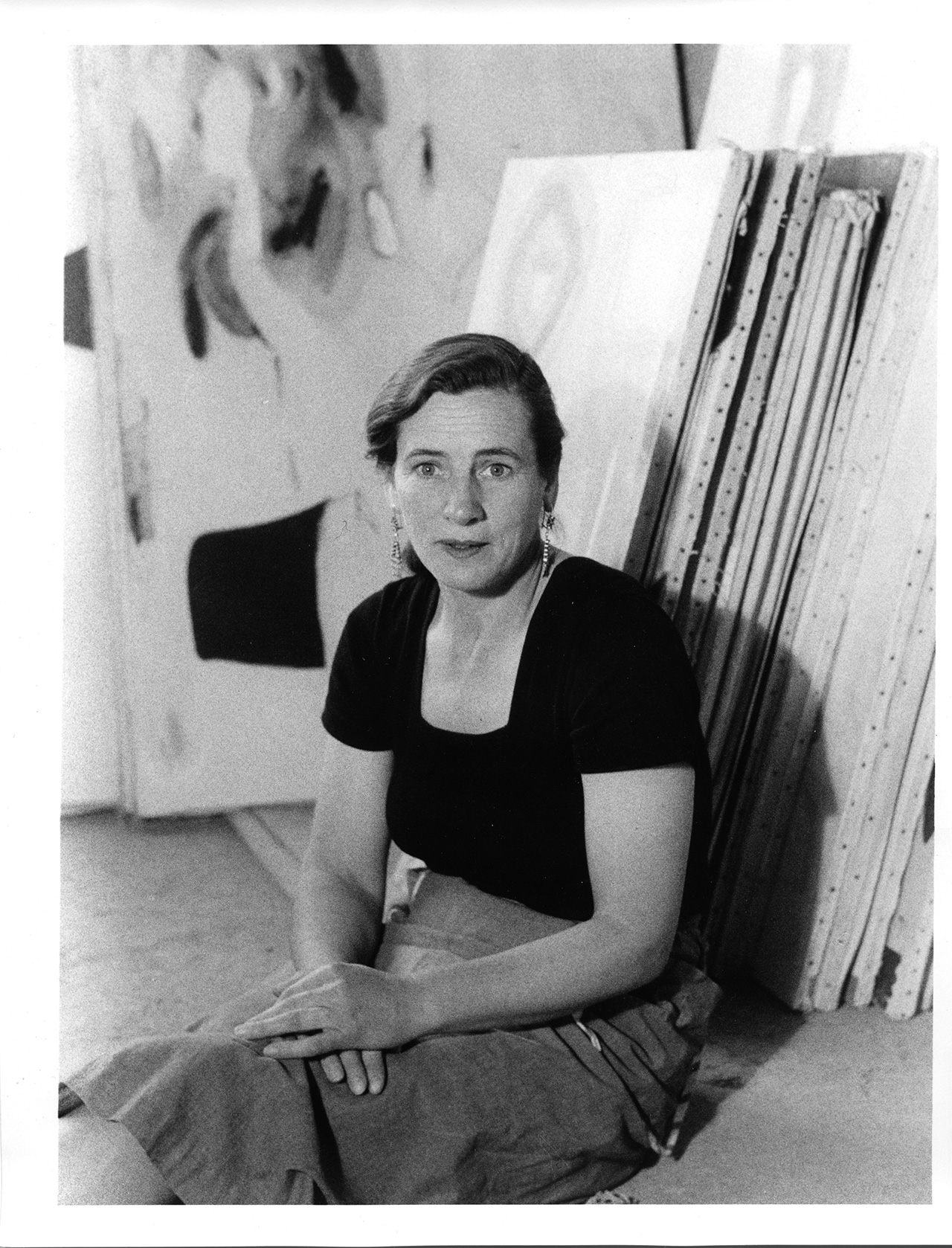
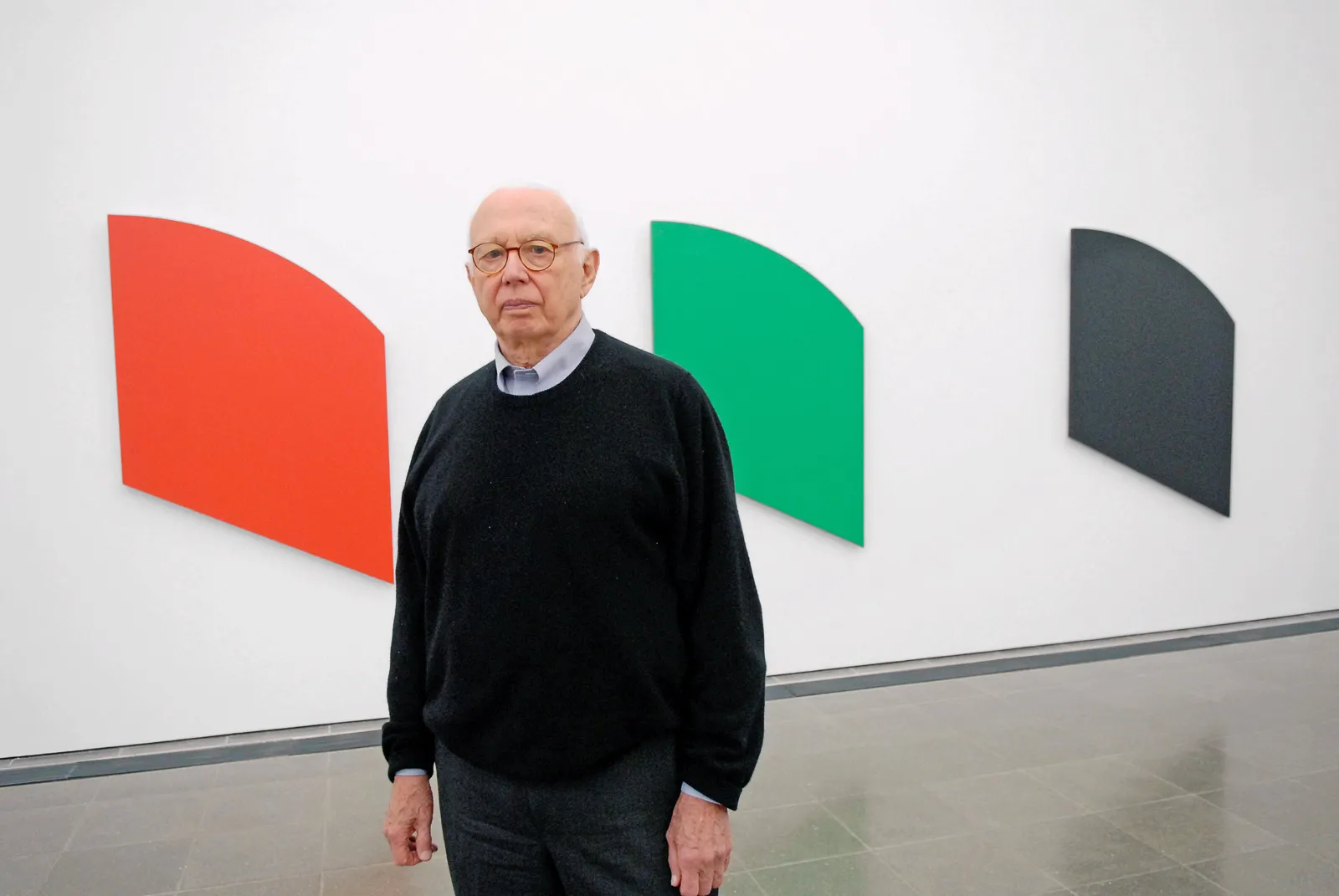

1 Comment. Leave new
Great blog post! The rise of minimalism in design is truly fascinating, and your post provides an insightful overview of its origins and evolution. It’s interesting to see how minimalist design has evolved over the years, from its roots in the 1950s and 1960s to its current status as a popular and enduring aesthetic in the digital age.
I appreciate your focus on the influence and impact of minimalist design on the design world, from graphic design to architecture. The emphasis on function over form and content over design features is something that has resonated with many designers and artists over the years, and it’s clear that minimalist aesthetics will continue to play an important role in shaping the future of design.